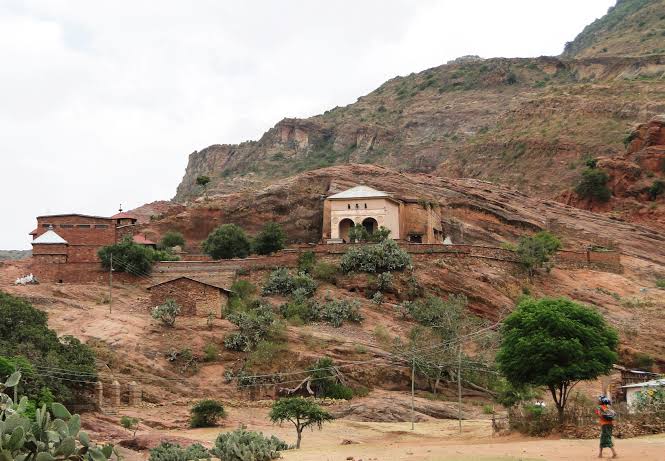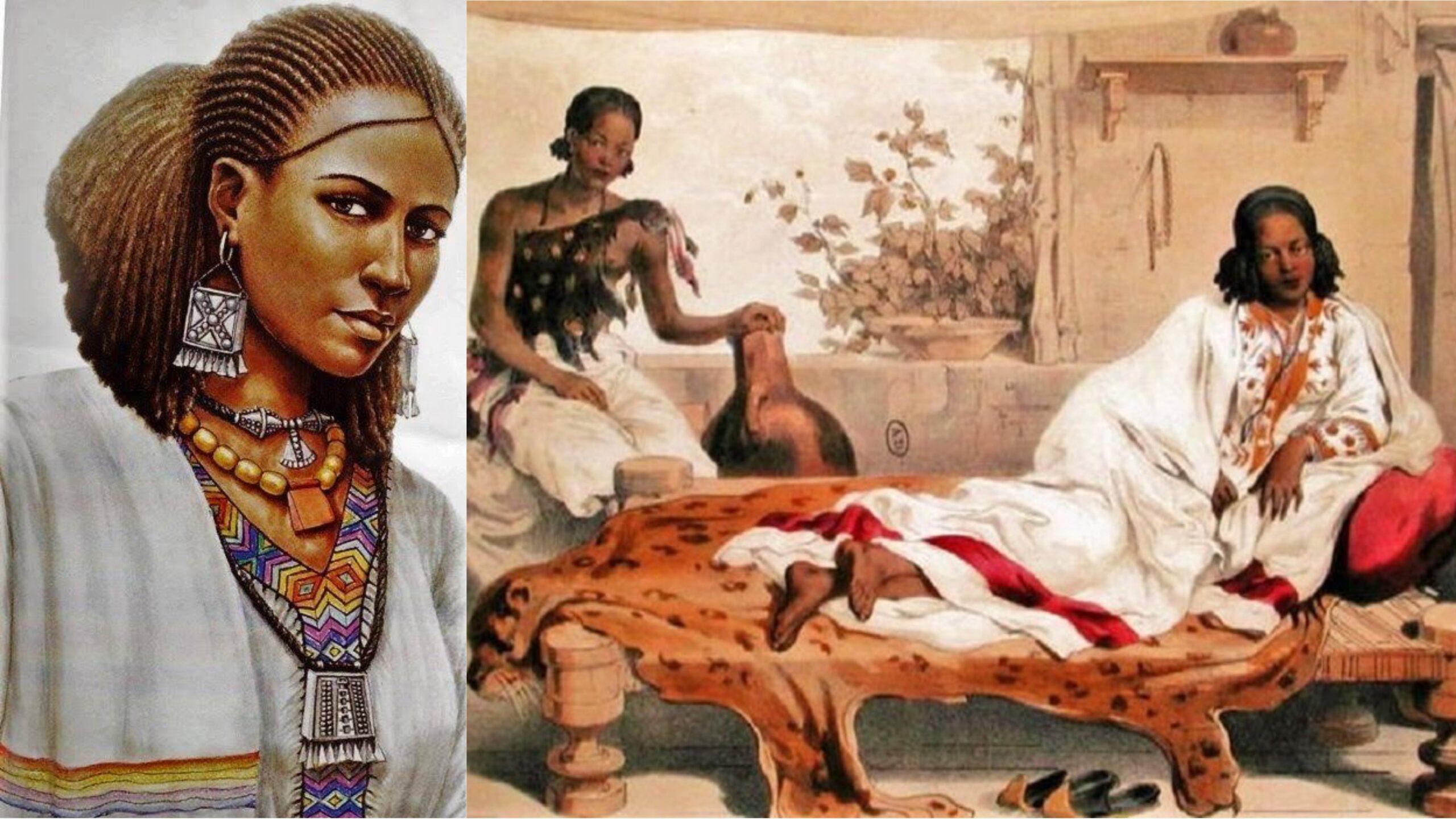The Kingdom of Axum existed in modern-day Ethiopia from 100AD to about 970AD. It was a prosperous kingdom until it was destroyed by a queen driven by rage and revenge.
Queen Gudit or Yudit is said to have invaded the kingdom from the south, destroying not only the city but also its countryside, including churches and monasteries, as well as usurping the king and ruling for 40 years.
Gudit’s origin is not well known, and there are several theories about her.
According to one legend, she was once the queen of Damot, a kingdom near the Blue Nile. According to the narrative, she was linked to the Sidama people of Ethiopia.
According to another legend, Gudit was a Jewish woman of the Agaw tribe. It is said that she was either born a Beta Jew (Ethiopian Jew) or was converted to Judaism by her husband Zenobis.
She has also been connected to the Sultanate of Showa, which is also in Ethiopia, but as King Maya’s daughter named Badit. The Somali claim she was a Harla woman named Arawelo.
She was marginalized as a young girl growing up in a non-Christian family because she did not convert to Christianity. She allegedly fell in love with a young deacon in charge of the Ark of God in the Church of Zion. She asked him to bring her the cover of a copy of the Tablets of Law known as Tabot as a gift of his devotion.
She made shoes and paraded around town in them after receiving it, thereby committing blasphemy against the church and the Holy artifact. As a punishment, she was kidnapped, her breast was severed, and she was sold into slavery in the Middle East.
According to legend, Zenobis, the son of Sam’s (Syria’s) king, fell in love with her and married her. She persuaded him to attack Axum, but he refused because he was aware of the Axum army’s strength. Fortunately, thanks to her spies, she was able to prepare her assault until she learned that King Degnajan was abroad.
Gudit returned to Axum on a vengeance quest. She took refuge in Eritrea’s Debre Bizen monastery. No woman is permitted to visit until today. She assaulted Axum with her husband at the helm of the army.
Her assault was said to be so rapid and effective that the kingdom’s forces were unable to keep up. King Degnajan sent a letter to Philotheus, the Patriarch of Alexandria, Egypt, requesting assistance, but it was in vain.
She then proceeded to demolish some of the churches in the Tigray area, some of which still bear the scars of her devastation to this day. According to historian Paul B. Henze:
When I first visited the Abreha and Atsbeha rock churches in eastern Tigray in 1970, I found that the intricately carved ceiling was blackened by soot. The priest clarified that it was the work of Gudit, who had piled hay on top of the church and set it on fire nine centuries ago.

Gudit ruled for the next four decades. She is regarded as one of Ethiopia’s most ferocious warriors and strategists. Gudit’s Amharic name is Esato, which means “fire.”
She was succeeded by King Degnajan her son.
 The African History Truly African
The African History Truly African

